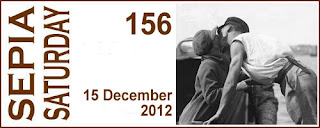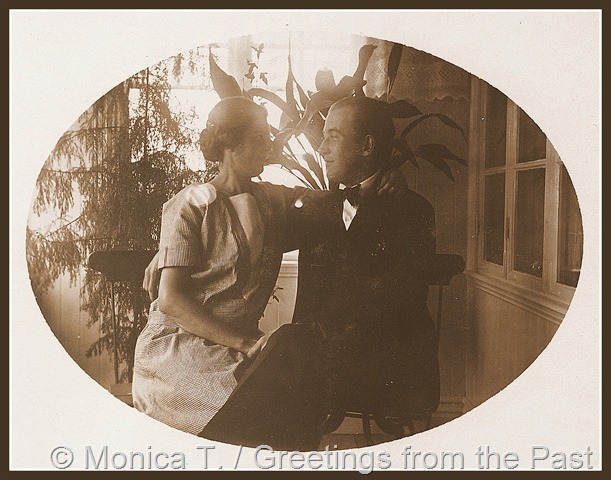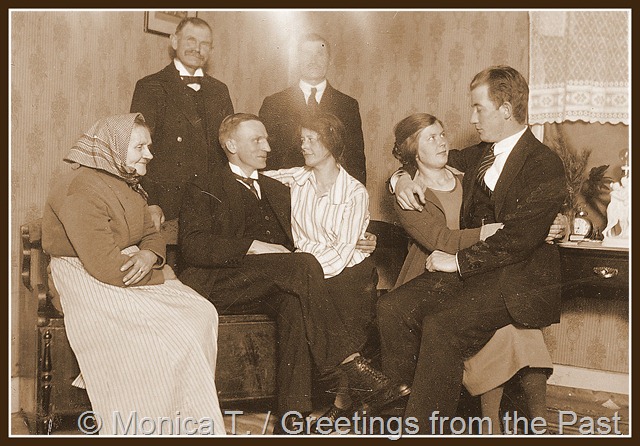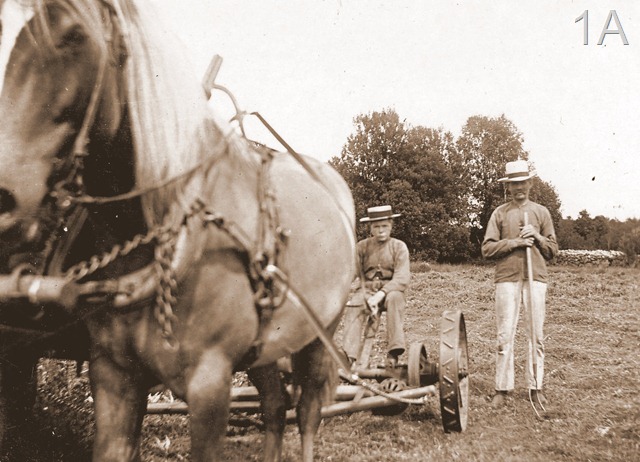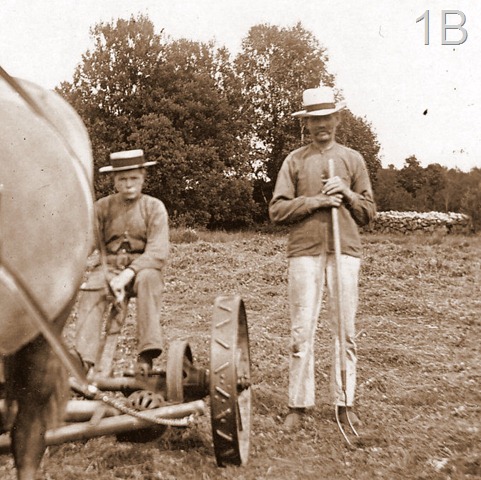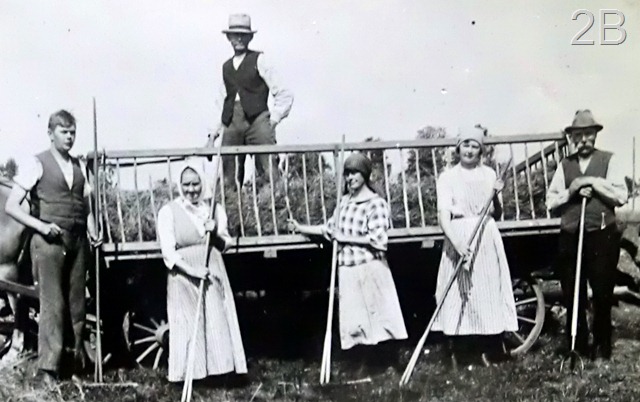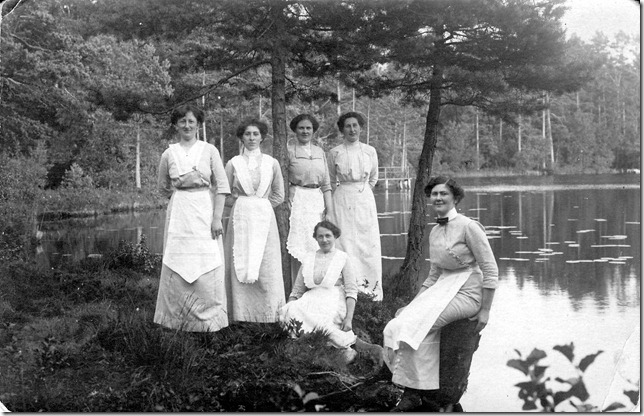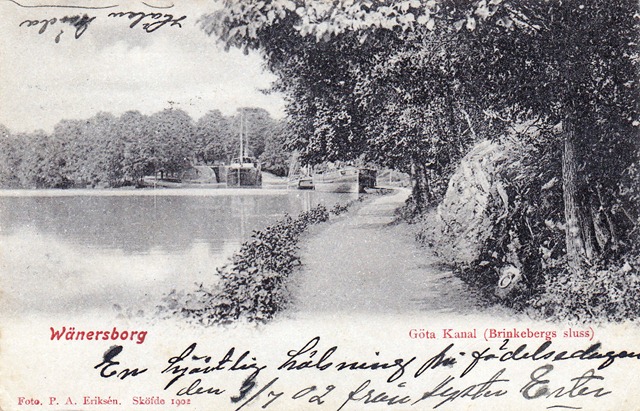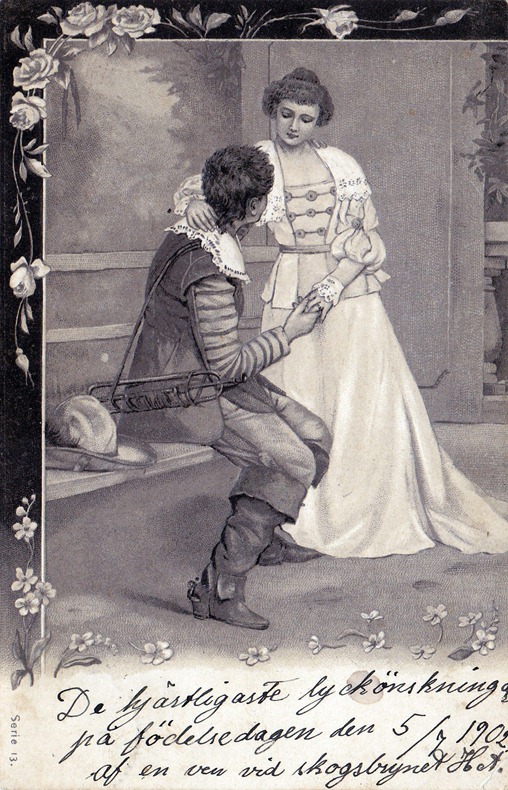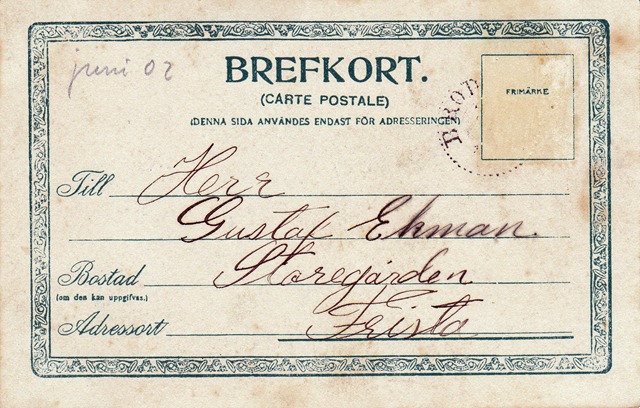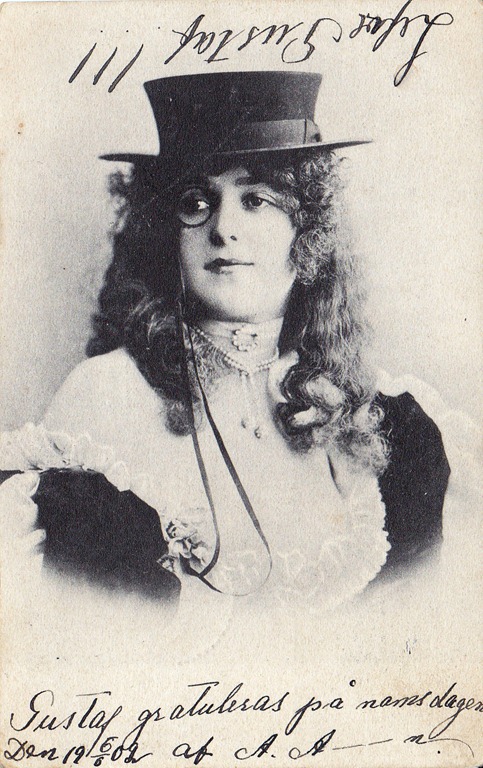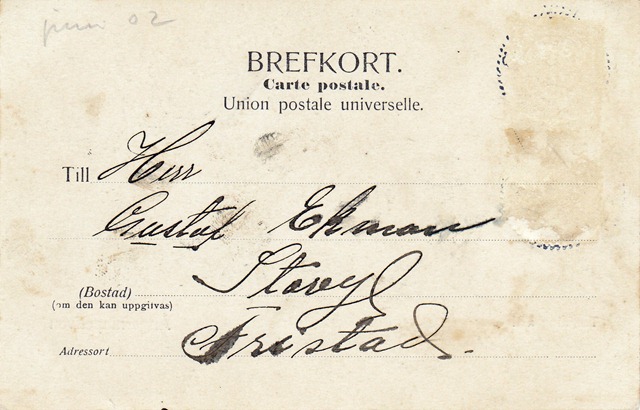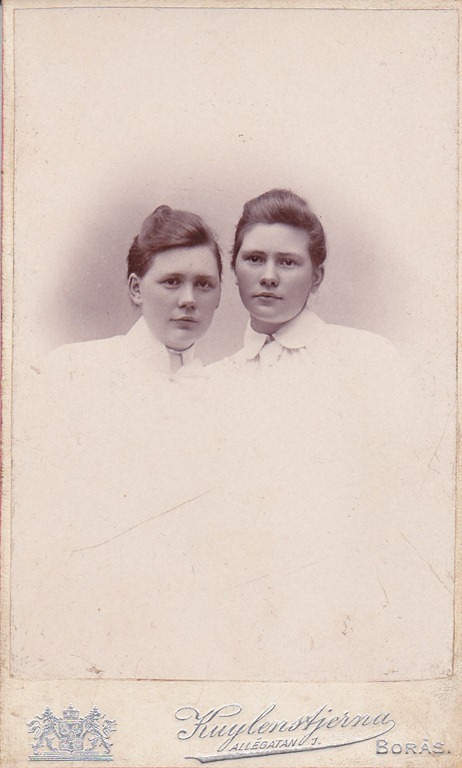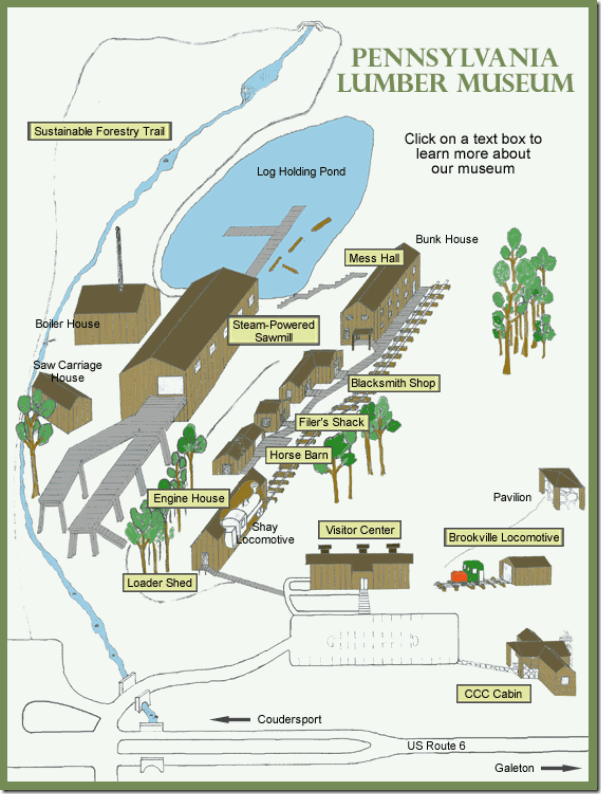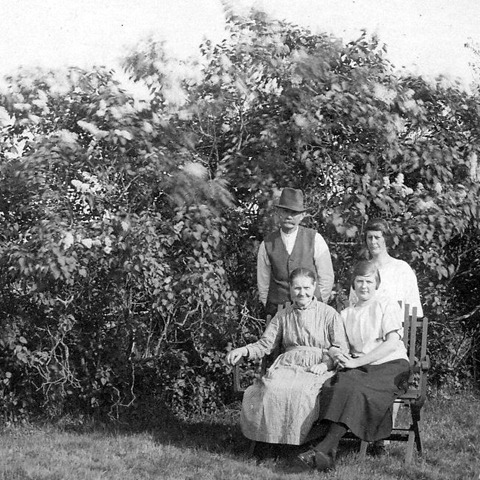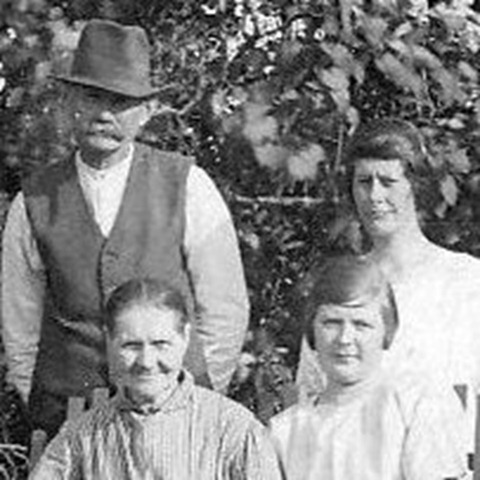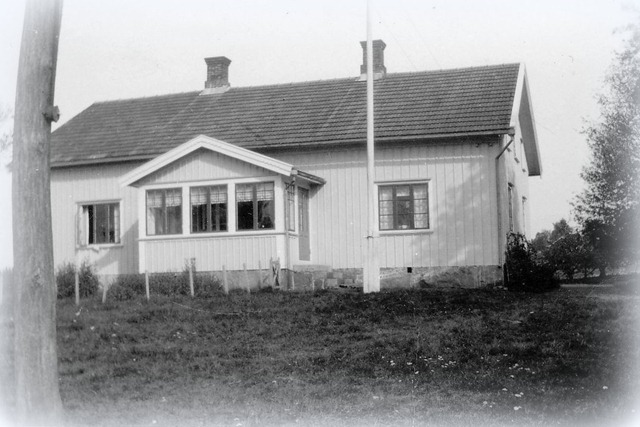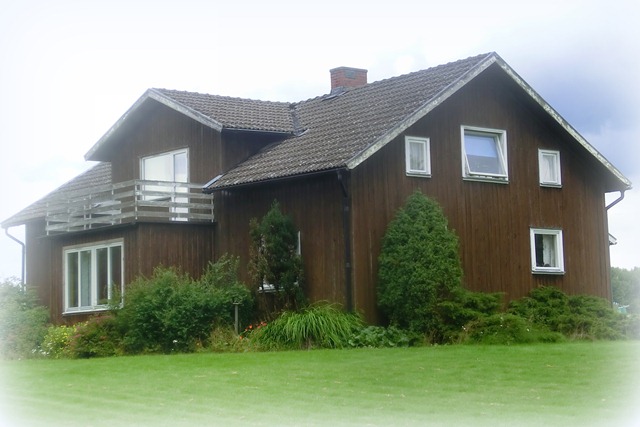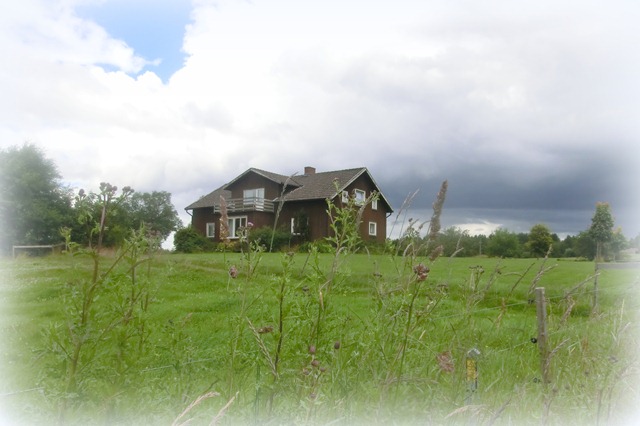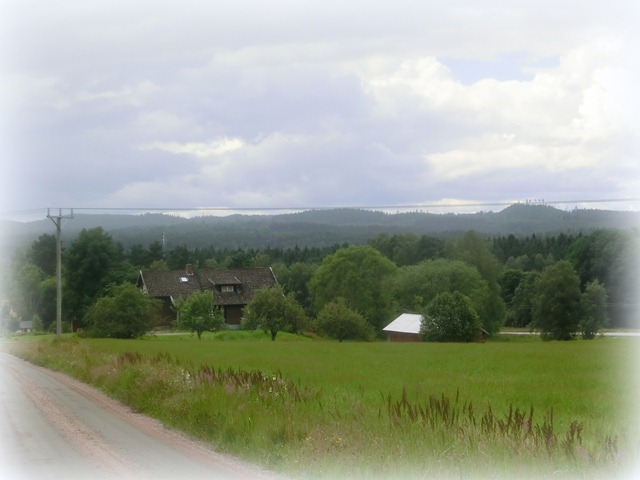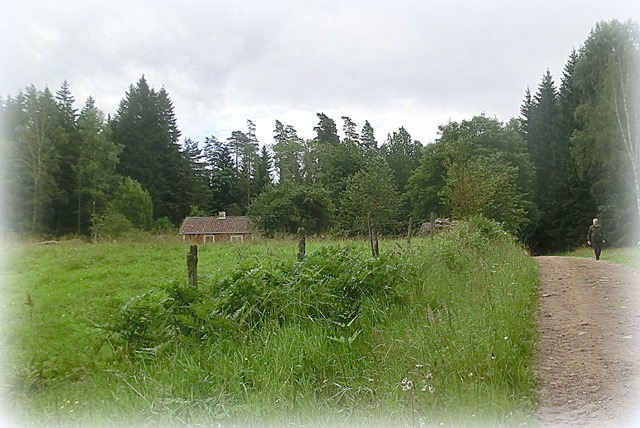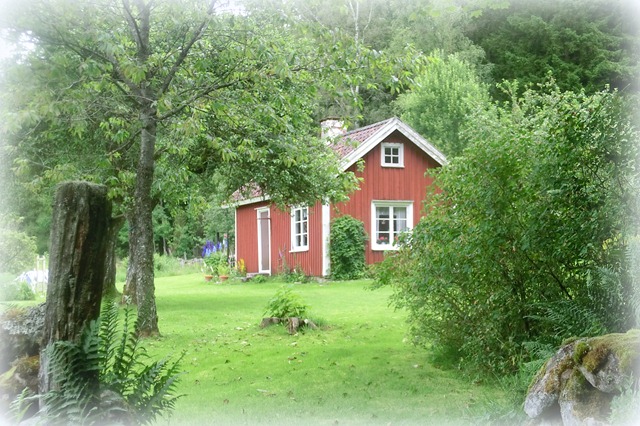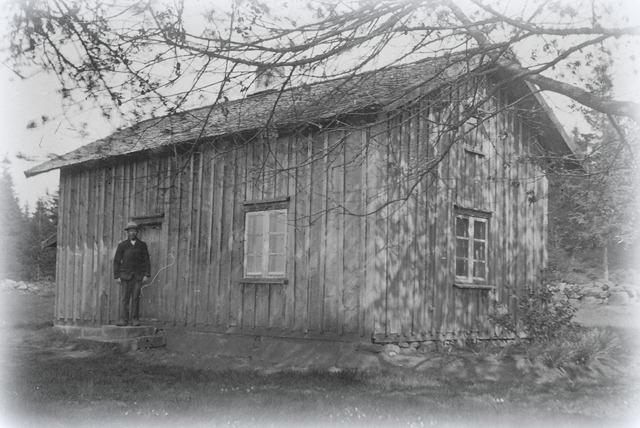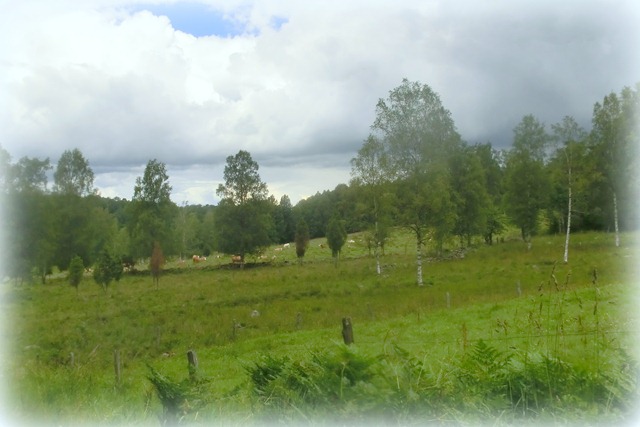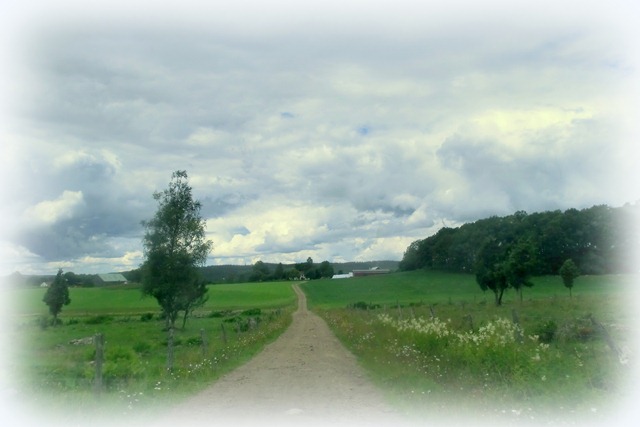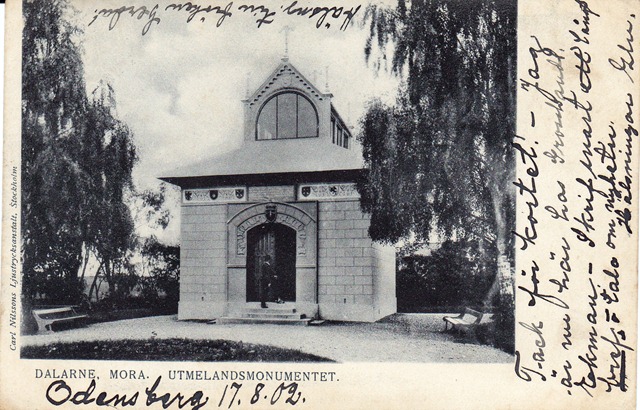
DALARNE. MORA. UTMELANDSMONUMENTET.
Carl Nilssons Ljustrycksanstalt, Stockholm
Utmelandsmonumentet är en byggnad som ligger i byn Utmeland strax söder om Mora. Det invigdes den 29 september 1860 till 300-årsminnet av Gustav Vasas död. Byggnaden reser sig över öppningen till den källare i vilken Tomt Margit Larsson i november 1520 skall ha gömt den 24-årige Gösta Eriksson, senare mera bekant som Gustav Vasa, undan de förföljande danska ryttarna. - Under det nationalromantiskt sinnade 1800-talet var det naturligt och självklart att fira landets store befriare och grundare. Arkitekten bakom byggnaden, som närmast kan liknas vid ett kapell, var Fredrik Wilhelm Scholander. [Läs mer i Wikipedia]
Utmeland Monument (in English)
The card shows a monument in the village Utmeland near Mora in the province of Dalarna (also known as Dalecarlia in English). The monument was built in 1860 in celebration of the tercentenary of´the death of Gustav Vasa (elected king in 1523 and considered the founder of Sweden as a nation). The monument, which resembles a chapel, was designed by architecht Fredrik Wilhelm Scholander, and was built over the remains of a cellar where back in 1520 a farmer’s wife is said to have helped hide Gustav Vasa from the Danes who were then persecuting him. (This was a story included in our history books for centures… I’m not sure if it still is!)
To: Herr Gust. Ekman, Storagd, Fristad
Date: 17.8.1902
From: [Elsa?]
Odensberg 17.8.02
Tack för kortet! – Jag är nu här hos Grosshandl. Ekman. Skrif snart ett långt bref o tala om nyheter.
Hälsningar [Elsa]
Jag är inte säker på avsändaren, jag läser namnet som Elsa. Hon skriver att hon är hos “grosshandlare” Ekman. Från min släkting som hörde av sig per email häromsistens fick jag veta att Gustafs bror Oscar blev föreståndare för en lanthandel i Odensberg, filial till svågerns (Brynolf Wilander, gift med äldsta systern Emma) affär i Floby. Tydligen måste denna filial ha öppnat redan 1902.
In English
Odensberg 17.8.02
Thanks for the postcard! I am now here with merchant Ekman. Please write a long letter soon and let me know all the news. Best regards, [Elsa]
I’m not sure who the sender is, I think the signature is Elsa. She writes that she’s visiting with “merchant” Ekman. From the relative who wrote to me not long ago, I learned that Gustaf’s brother Oscar became shopkeeper for a branch country store at Odensberg, owned by his brother-in-law (Brynolf Wilander, married to the oldest sister Emma) who also owned a similar store in Floby. So this branching out must have happened already in 1902.

